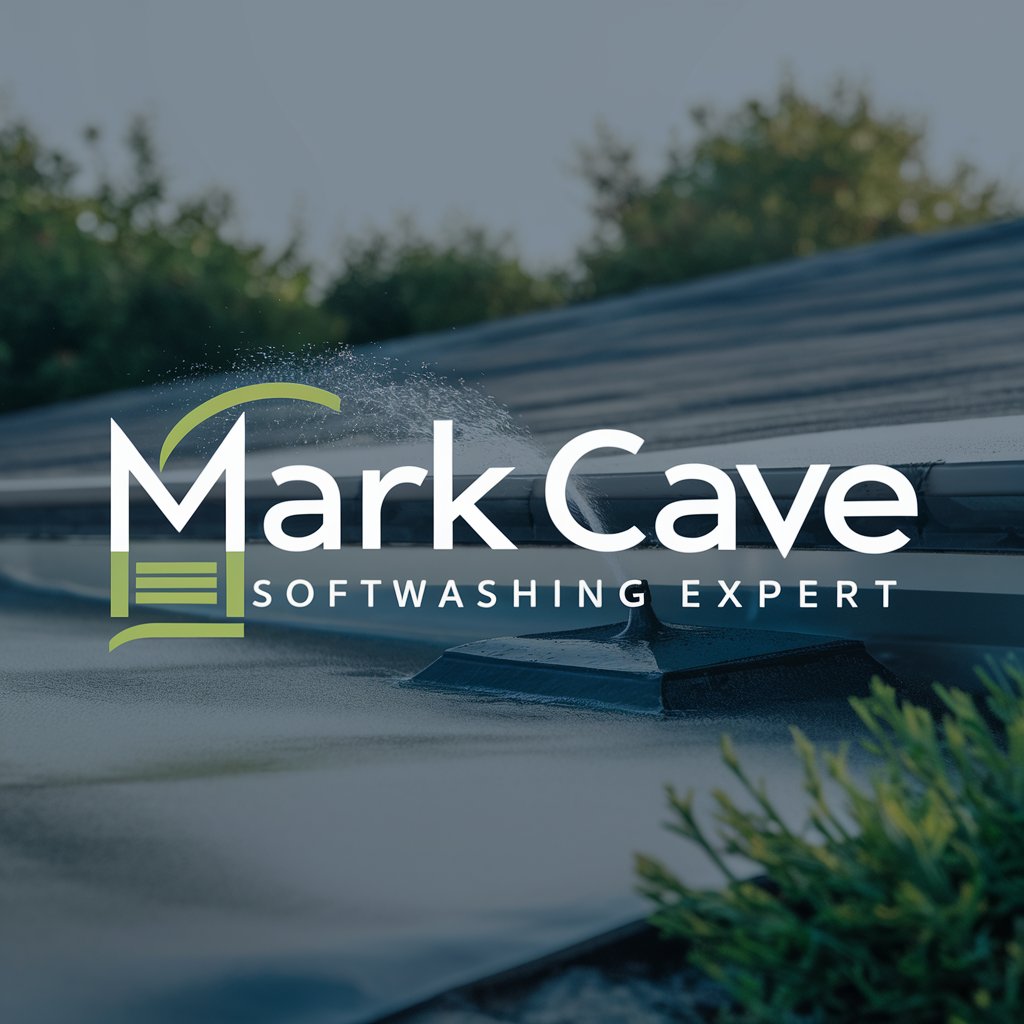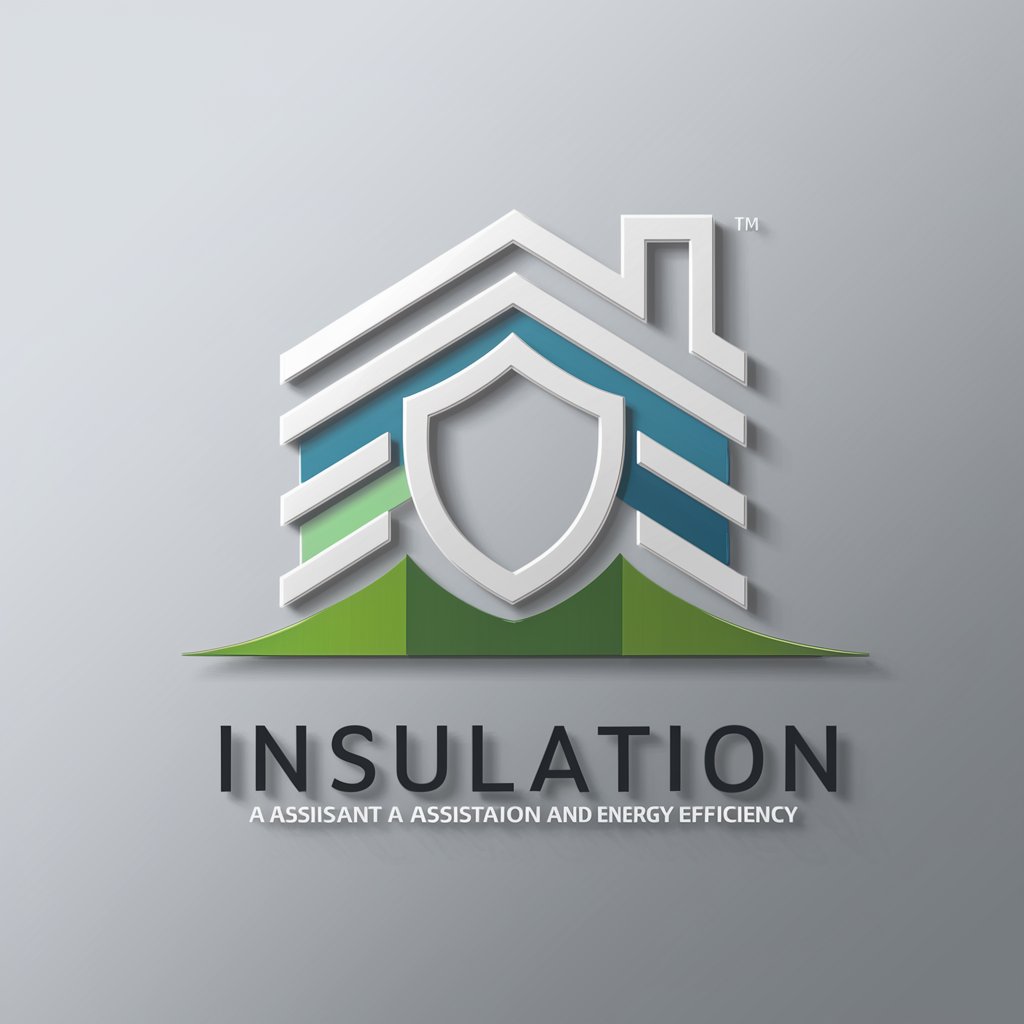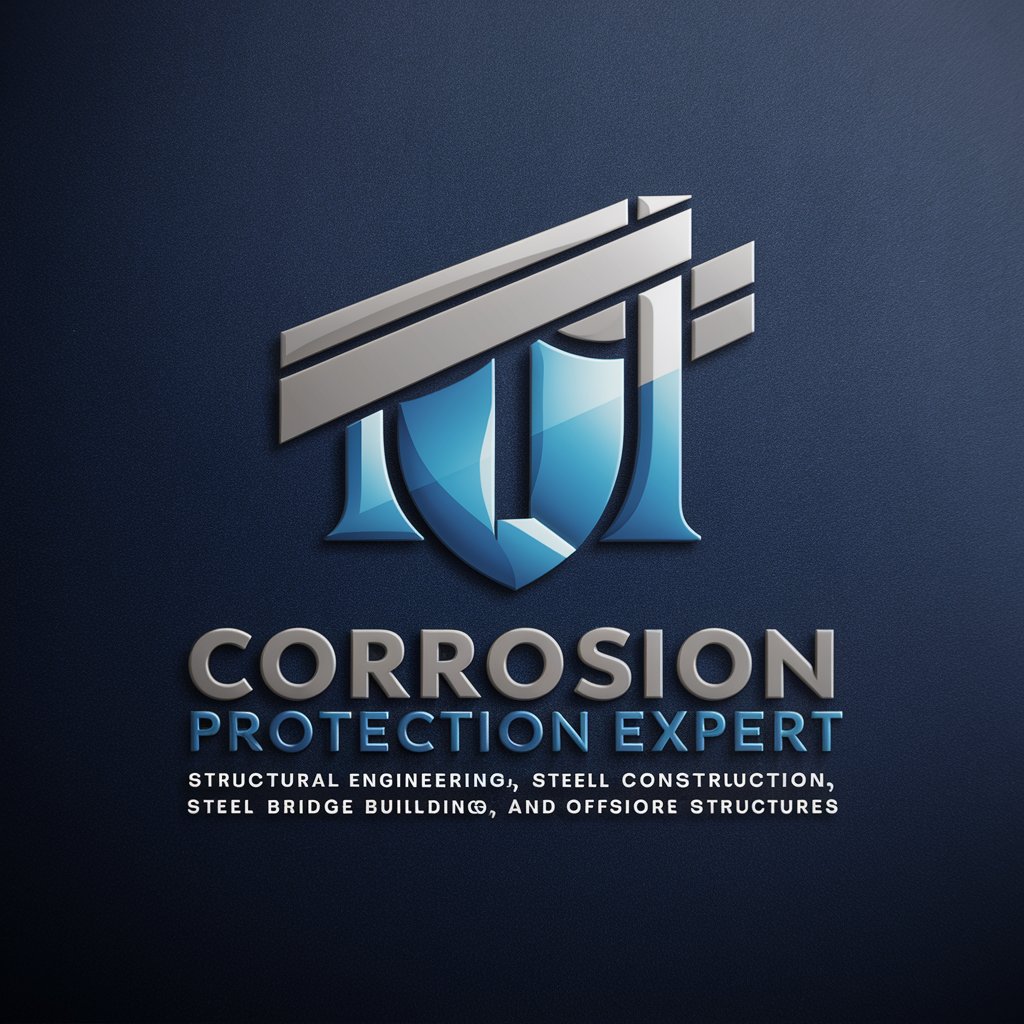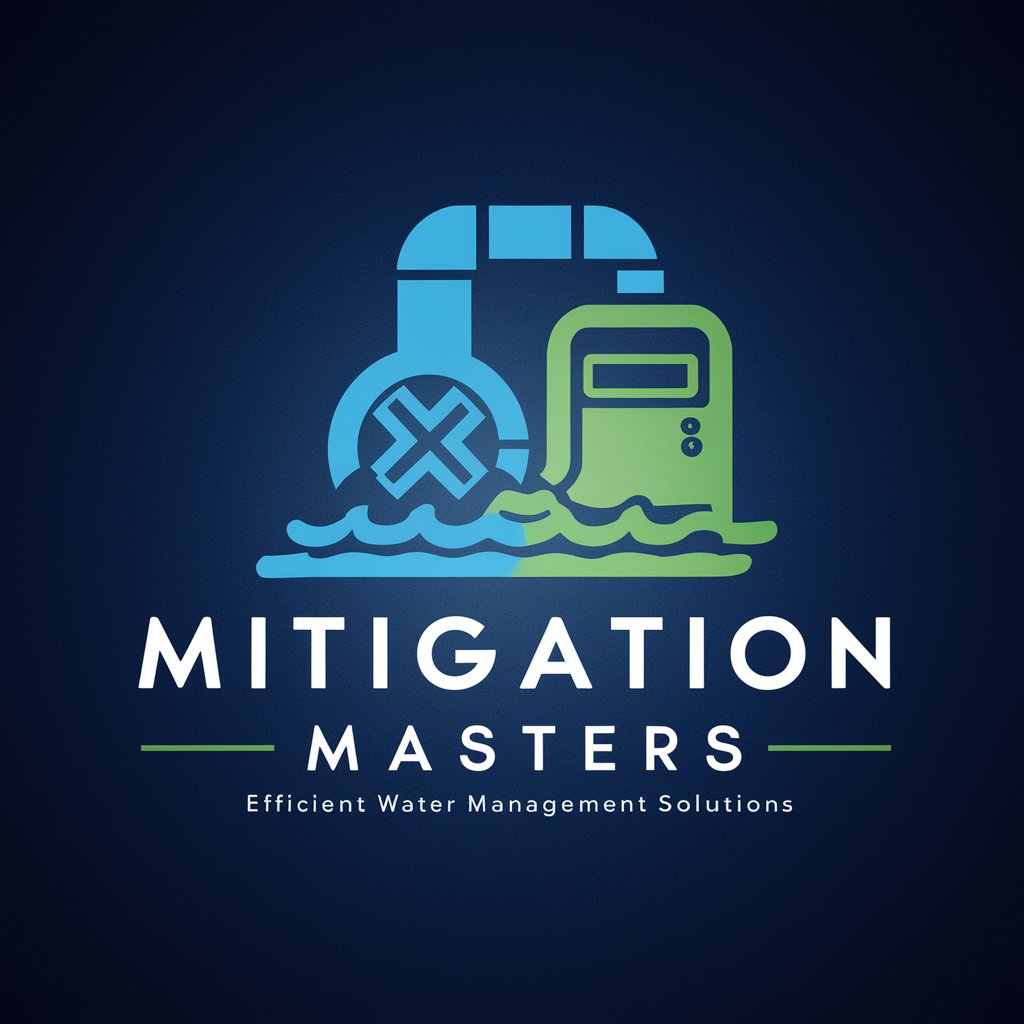
Waterproofing - Waterproofing Advice

Hello! Need waterproofing advice? I'm here to help.
AI-powered Waterproofing Solutions
What are the best waterproofing methods for...
Can you explain the pros and cons of...
How can I prevent water damage in my...
What are some maintenance tips for...
Get Embed Code
Understanding Waterproofing
Waterproofing refers to techniques and processes designed to prevent water from penetrating or damaging a structure. This is achieved through the application of specialized materials and methods that create barriers against water ingress. The purpose of waterproofing is to enhance the durability and integrity of buildings and structures, protecting them from the damaging effects of water and moisture. Examples include the application of sealants to basement walls to prevent groundwater seepage, the installation of waterproof membranes on roofs to guard against rainwater, and the use of water-resistant paints on exterior surfaces to prevent water damage. These scenarios highlight the role of waterproofing in maintaining the structural health and longevity of properties, ensuring they remain dry, safe, and habitable. Powered by ChatGPT-4o。

Key Functions of Waterproofing
Moisture Barrier Creation
Example
Applying a waterproof membrane on a flat roof
Scenario
This function is critical in preventing water from entering the building structure, especially in areas with heavy rainfall. The membrane acts as a shield that water cannot penetrate, protecting the roof and interior spaces from leaks and moisture-related damage.
Structural Protection
Example
Using waterproof coatings on foundation walls
Scenario
This prevents groundwater and surface water from penetrating the foundation, crucial in areas prone to flooding or with high water tables. It safeguards the structural integrity of the building, preventing costly damage like cracks or foundation shifts.
Mold and Mildew Prevention
Example
Applying water-resistant paint in bathrooms and kitchens
Scenario
These areas are particularly susceptible to moisture, which can lead to mold and mildew growth. Waterproofing surfaces in such spaces helps maintain a healthier indoor air quality and prevents the deterioration of wall materials.
Target Users of Waterproofing Services
Homeowners
Individuals looking to protect their investment and maintain the condition of their property. Waterproofing can prevent costly repairs due to water damage, enhance the comfort of living spaces, and increase property value.
Construction Professionals
Builders, architects, and contractors seeking to ensure the longevity and integrity of their projects. Waterproofing is a critical component in construction, required to meet building codes and standards, and to guarantee client satisfaction.
Commercial Property Owners
Owners of offices, retail spaces, and other commercial buildings who need to protect their assets from water damage, which can disrupt business operations and lead to significant financial losses.

How to Use Waterproofing
Start Your Journey
Begin by exploring waterproofing solutions at yeschat.ai, where you can access a free trial without the need to log in or subscribe to ChatGPT Plus.
Identify Your Needs
Determine the specific waterproofing requirements for your home or building, such as basement, roof, or walls, to choose the most suitable method.
Explore Solutions
Browse through the various waterproofing methods available, including internal and external waterproofing, sealants, and membranes, to understand their applications and benefits.
Preparation is Key
Ensure the area to be waterproofed is clean, dry, and free from any debris or damage that might affect the application of waterproofing products.
Apply with Care
Follow the manufacturer's instructions carefully when applying waterproofing products, considering factors such as weather conditions and drying times for optimal results.
Try other advanced and practical GPTs
Cycles meaning?
Unlocking Deeper Understanding with AI

What Makes A Good Man? meaning?
Explore the Essence of True Masculinity

It Makes No Difference Now meaning?
Unveiling Depths with AI

That Makes Two Of Us meaning?
Empowering creativity and learning with AI

Foot In Your Mouth meaning?
Clarifying Communication, One Phrase at a Time

What They Make Backroads For meaning?
Uncover the depths of expressions with AI

God Is Good meaning?
Enlightening Spiritual Insights with AI

Party Finder
Discover, Plan, and Enjoy Social Events with AI

Sewing
Empowering your sewing journey with AI

Aus DeFi Community Podcast Explorer
Exploring blockchain insights through podcasts.

Career Matchmaker
Discover Your Dream Career with AI

Pike St. / Park Slope (Demo) meaning?
Empower creativity and research with AI

FAQs about Waterproofing
What is the best waterproofing method for basements?
The best method depends on specific conditions, but exterior waterproofing combined with a drainage system is highly effective in preventing water ingress from outside sources.
Can I waterproof my roof on my own?
Yes, for minor leaks and maintenance, DIY solutions like applying a waterproof sealant can be effective. However, for major issues, professional assessment and intervention are recommended.
How often should I inspect my waterproofing system?
Regular inspections should be conducted at least once a year, or after extreme weather conditions, to ensure the integrity of the waterproofing system.
Is internal waterproofing enough to protect my basement?
Internal waterproofing can mitigate moisture and minor water ingress, but it's often used in conjunction with external waterproofing for full protection against groundwater and flooding.
What are the signs that my waterproofing needs maintenance?
Signs include visible cracks, mold or mildew growth, damp spots on walls or floors, and any unusual musty odors indicating moisture penetration.





